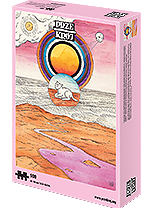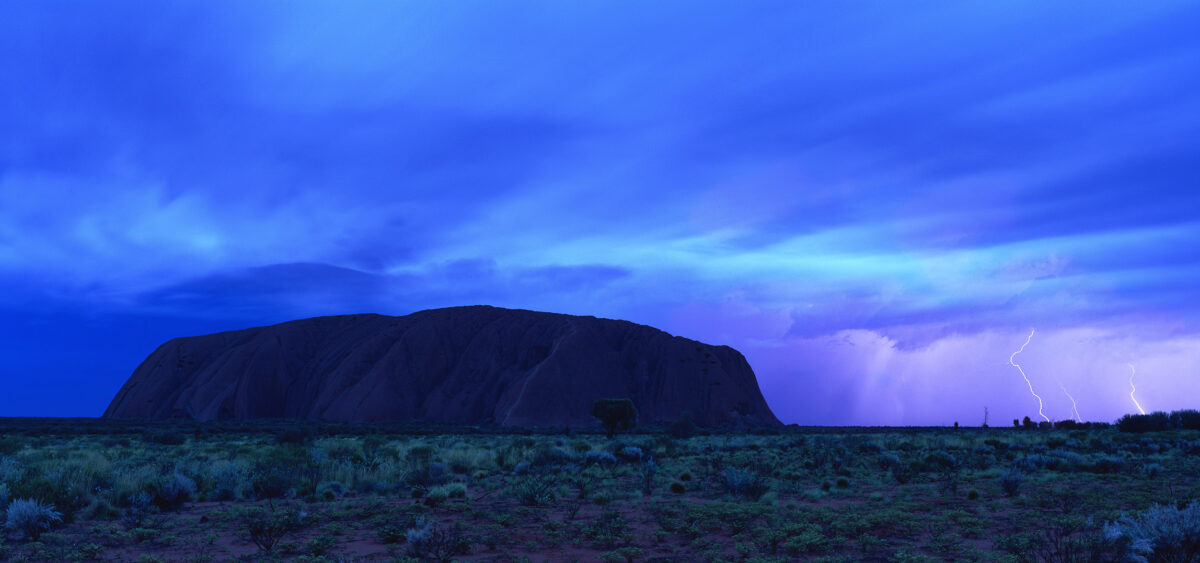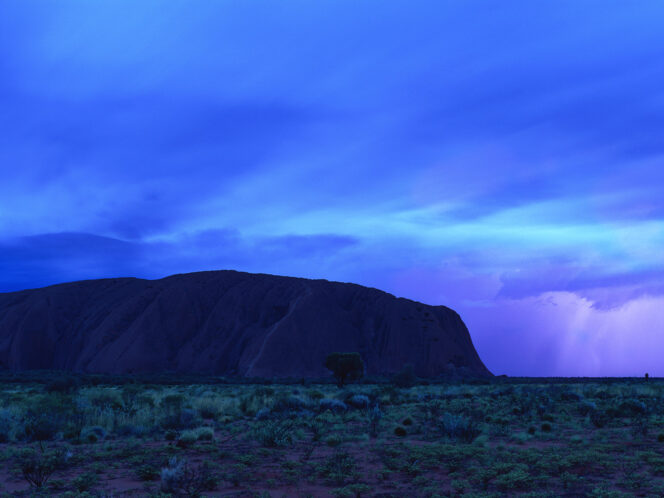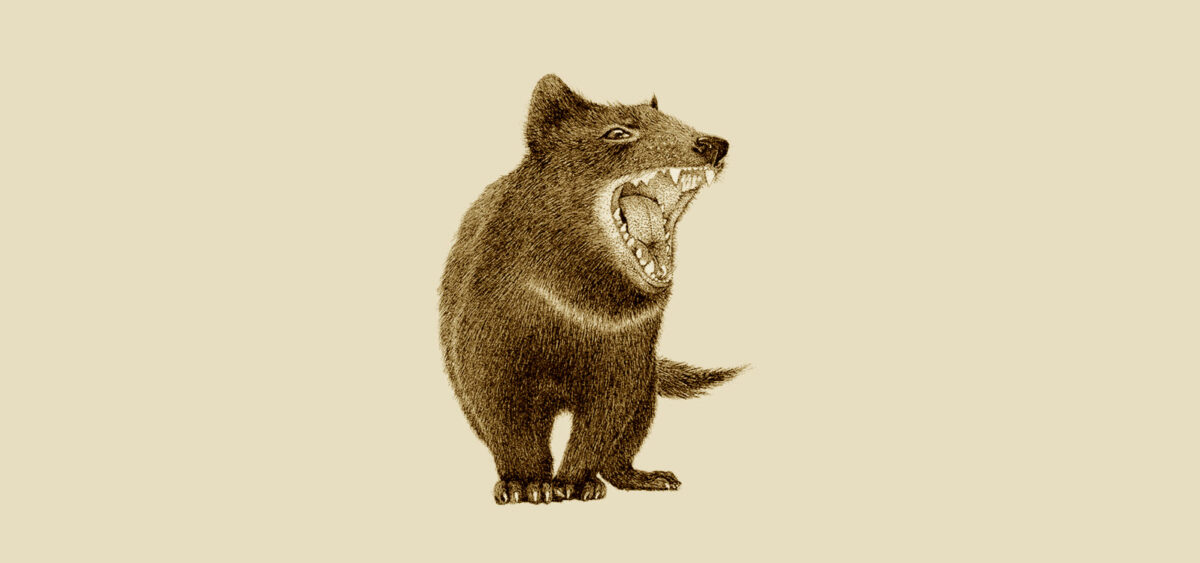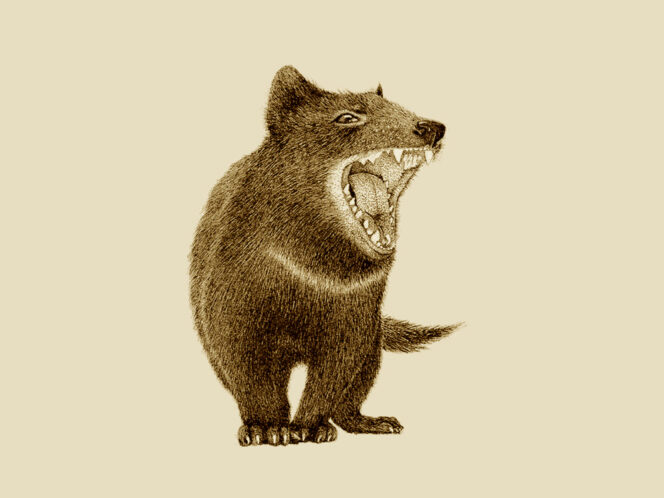
In Europe, buildings tell the most interesting stories, however in Australia, the rocks, coastlines and trees hold a fascinating history. Here, the culture is magically enchanted in nature.
Aboriginal Australians have their own creation myth, which anthropologist Charles P. Mountford describes in his book The Dreamtime: Australian Aboriginal Myths (created in collaboration with artist Ainslie Roberts):
“In the beginning, before there was any life, the earth was flat and featureless, unbroken by any mountain range, watercourse, or major natural feature. Nor was it inhabited by any living thing. [. . .] The aborigines believe that their world is flat, and so limited in area that, should they travel to the horizon, which to them is the edge of the universe, they would be in danger of falling into bottomless space. Then, at some


